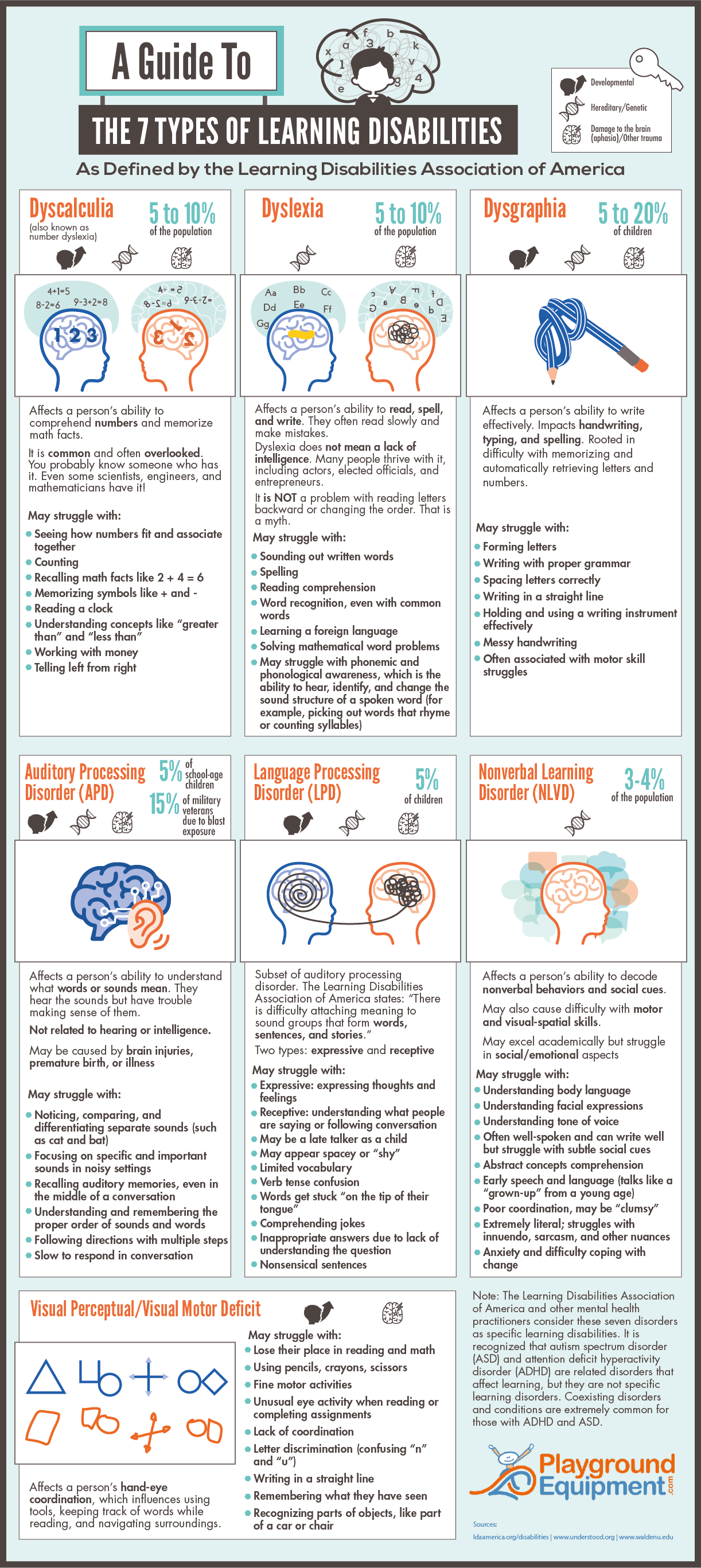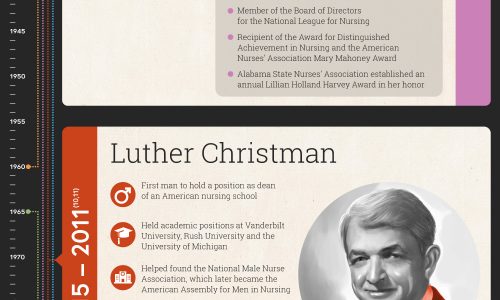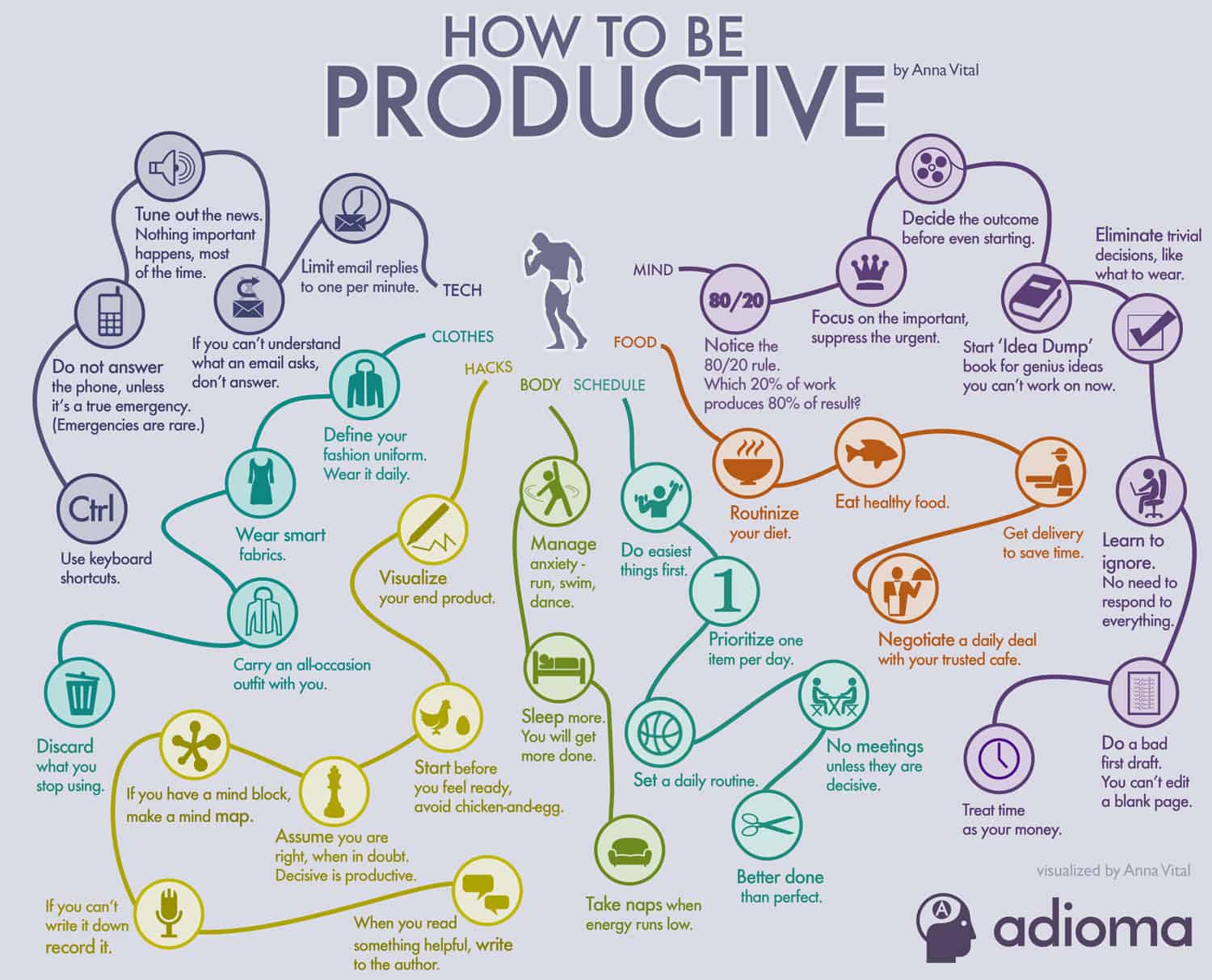
We don’t all have an equal opportunity to reach academic success. Learning disabilities make the academic process a unique journey for some.
This infographic describes the seven types of learning disabilities most commonly experienced by Americans. The most salient point of information that I took from the graphic was that most learning disabilities do not necessarily correlate with intelligence. Rather, oftentimes learning disabilities simply aid people in thinking in unique ways. In many cases, children with learning disabilities grow up to have flourishing careers in diverse fields.
Another notable tidbit is that some learning disabilities, particularly dyscalculia, tend to go unnoticed. This means that many students who may have simply been deemed unintelligent or difficult to teach have actually been experiencing an undiagnosed learning disability. People with undiagnosed disabilities oftentimes suffer from high frustration and low self esteem because they don’t understand why they don’t learn how they’re expected to. Rather than being granted accommodations and resources, the undiagnosed face judgement.
It’s time that we stop expecting everyone to learn in the same ways. People come from many different backgrounds and different lived experiences– they’re dealing with unique struggles and receive varying levels of support. Whether they are already receiving accommodations for their learning disabilities, are struggling without a diagnosis, or are just struggling academically for personal reasons, everyone deserves patience and respect.





